“How I turned my suburban yard into a wildlife habitat”
Some 30 years ago, Dana Benner's property featured packed grass and a few lone pines. Now it welcomes insects, birds and mammals to visit, live and feed.
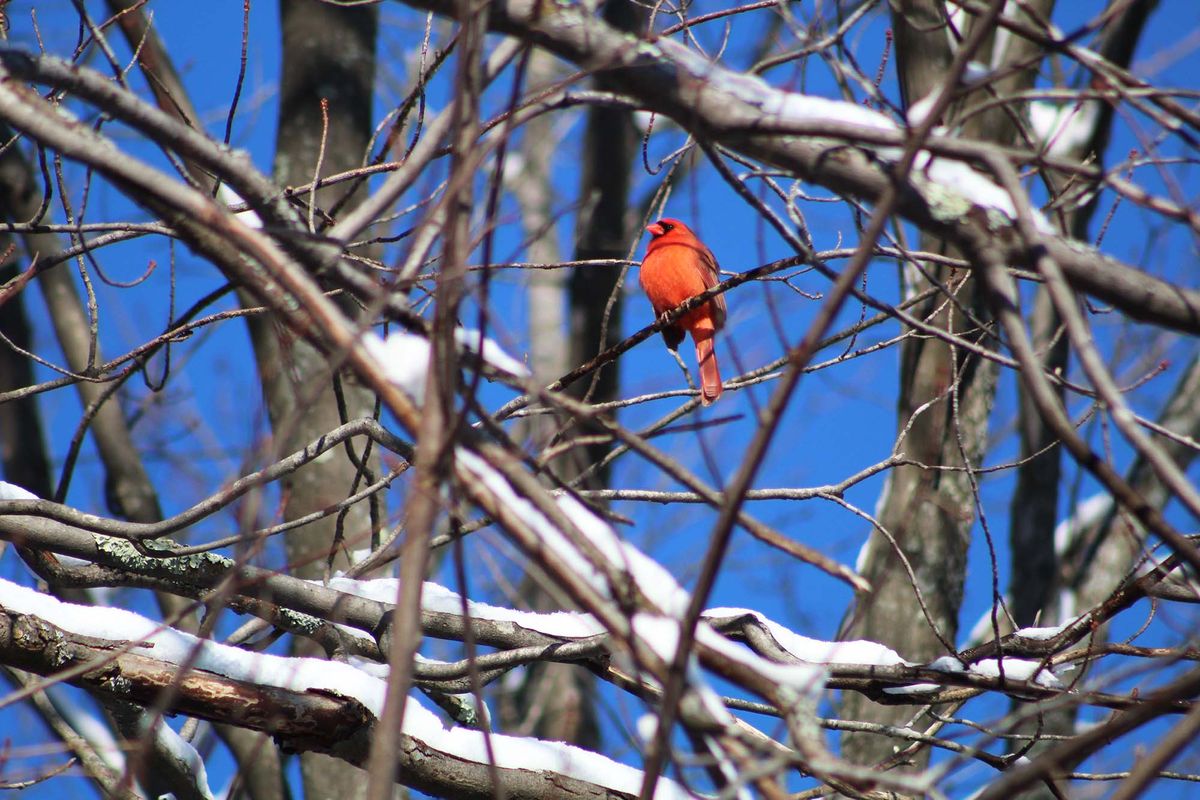
It is winter here in New Hampshire as I write this. The land is asleep, but it will awaken come spring. The birds and squirrels hiding in the brush and the trees, awaiting their turn at the bird feeders, are the only signs of life. Looking out at the snowpack, it is hard to believe what this property has become, especially when one thinks what it started out as.
Thirty-odd years ago my wife and I, after just a few years of marriage, bought the home we now live in. The house and the property it sits on are on the edge of Manchester, New Hampshire’s largest city. My wife grew up in the city, while I am from a more rural area. I hate the city, but she thrives in it. So purchasing this property was a compromise, with both of us getting a little of what we wanted.
The property measures 90 by 100 feet (about 27 by 30 metres), with the house and attached carport taking up much of it. There was a lawn that had seen better days. The previous owners had parked cars on it, so it was pretty packed down. The only trees were a few pines growing on the property line that were later taken down for safety reasons. All was not lost, but I had my work cut out for me. What I really noticed was the lack of life. No birds, squirrels or much of anything else. I made it my mission to fix that.
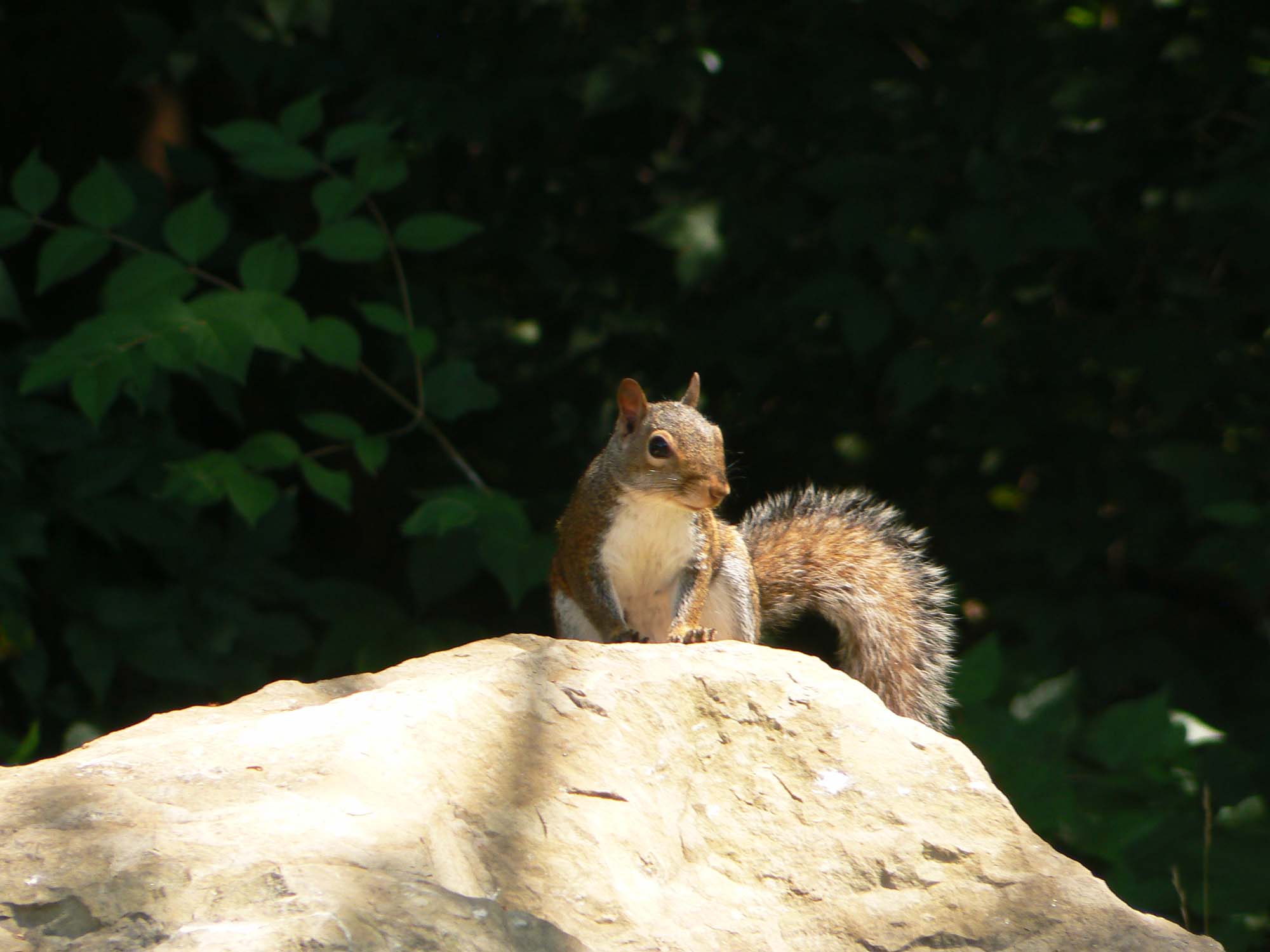
The first thing I did, in the guise of a home warming gift, was to plant a lilac bush. (I wanted to use all native or naturalized plants, and for the most part I did, but the purple lilac is the New Hampshire state flower so it was appropriate. Besides, the pollinators love it.) That led to a crabapple tree and a few rhododendron and azalea bushes, followed by a pussy willow bush and a young oak sapling, both of which I rescued from a construction site where everything was being turned up. It didn’t take long for the bees and hummingbirds to start coming back, little by little. The crabapple was a big hit among the cedar waxwings.
My next move was to put up bird feeders and bird baths, providing both food and water. With these additions came more birds and squirrels. The crabapple, oak, pussy willow and the original lilac have since been removed, falling victim to extreme heavy snows, but other trees such as a cherry and even a peach tree have replaced them. In the spring the flowers attract the pollinators and then as the fruit ripens, the birds and mammals come in. Even when not in flower or bearing fruit, the trees and bushes provide cover and nesting areas.
I let the grass, such as it was, take its own course and soon native wildflowers and other plants began to take root. With the addition of the feeders and water I was awarded a certification from the National Wildlife Federation for having a backyard habitat. Even with that I knew I could do more, or rather allow nature to take the lead even further.
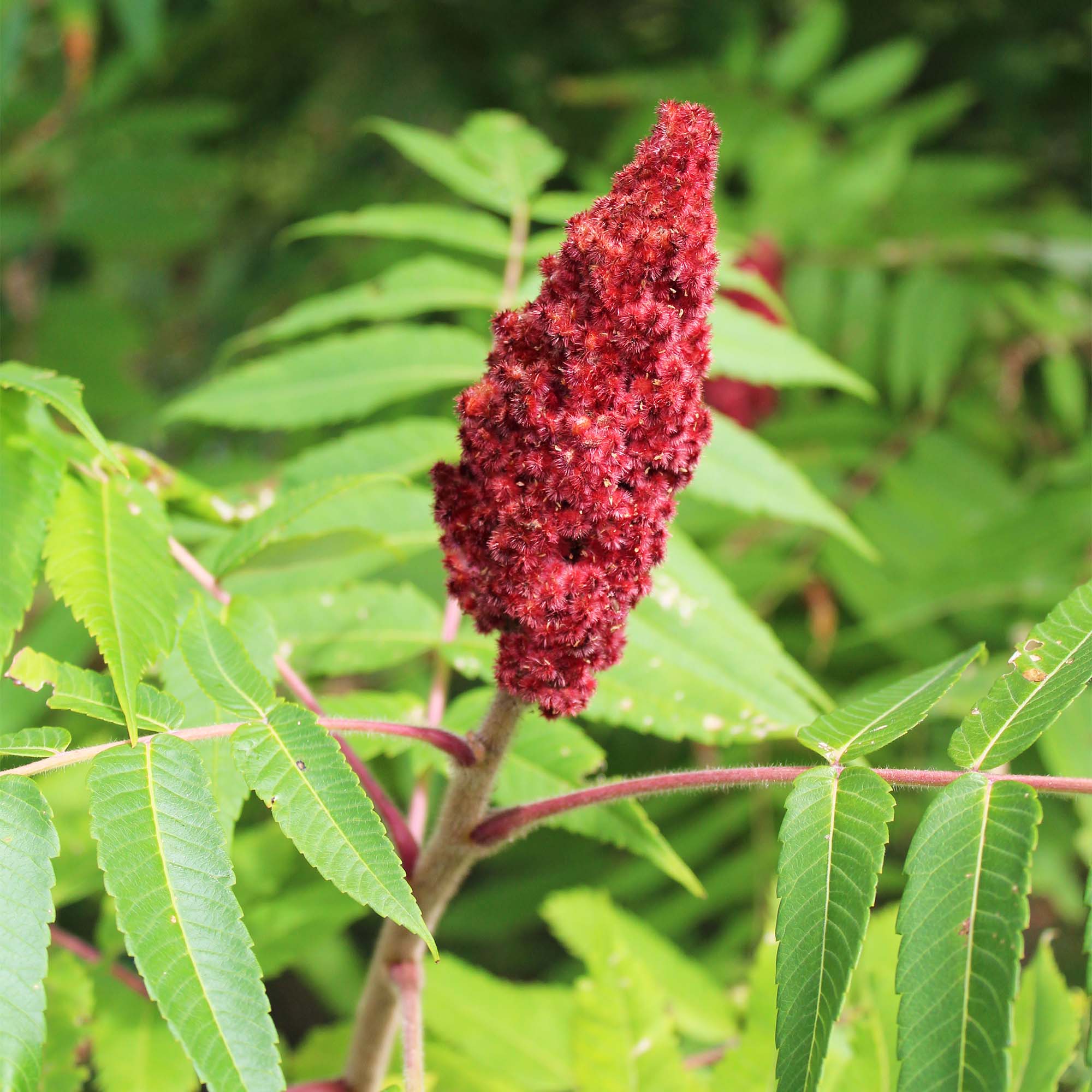
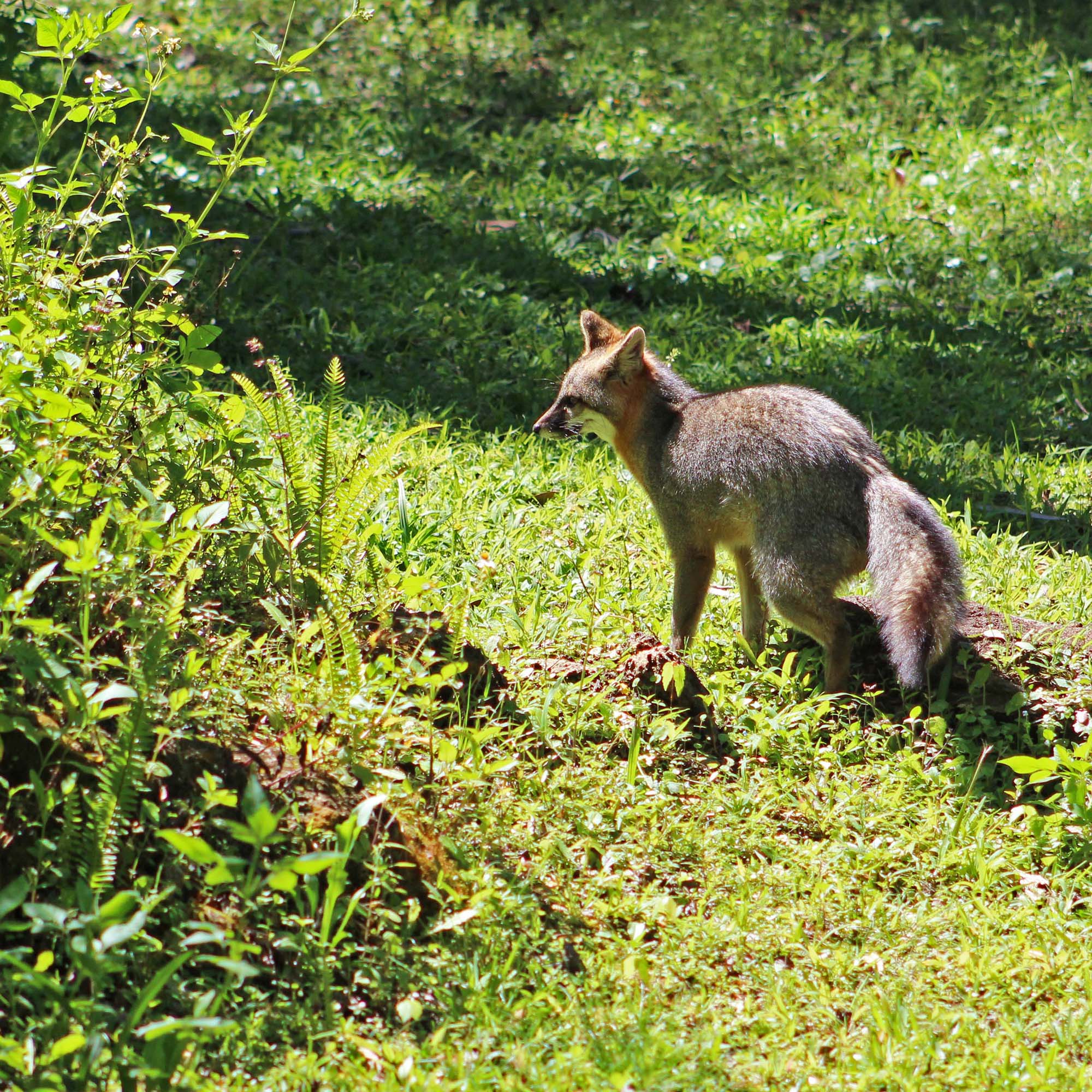
It was then that I started reading a great deal about rewilding, a topic that didn’t have such a fancy name when I started. I read Feral by George Monbiot, The World Without Us by Alan Weisman and Islands of Abandonment by Cal Flyn. All put what I was doing into perspective and demonstrated how, if given a chance, nature can heal itself.
While I planted more native plants to attract butterflies, bees and other pollinators, I allowed sugar and swamp maples to self-seed. I encouraged wild blackberry and other thorny plants to take hold. Wild strawberries and other native plants began to fill the gap between the newly established trees.
The more I allowed nature to take control, the more the wildlife came. It has taken 30 years, but now hawks and owls are common sights, perched in the branches waiting for a chance to get a meal. Deer, coyotes and both grey and red foxes appear on a regular basis, as well as the occasional black bear. Bears are a concern wherever people live, and in fact, it is illegal here to lure bears into a residential area. But I am careful not to introduce anything with the intent to attract bears. They are attracted to the natural berries and acorns growing on the property, and I only put out the bird feeders once the bears are hibernating. While we have no shortage of bears, we have yet to see any damage.
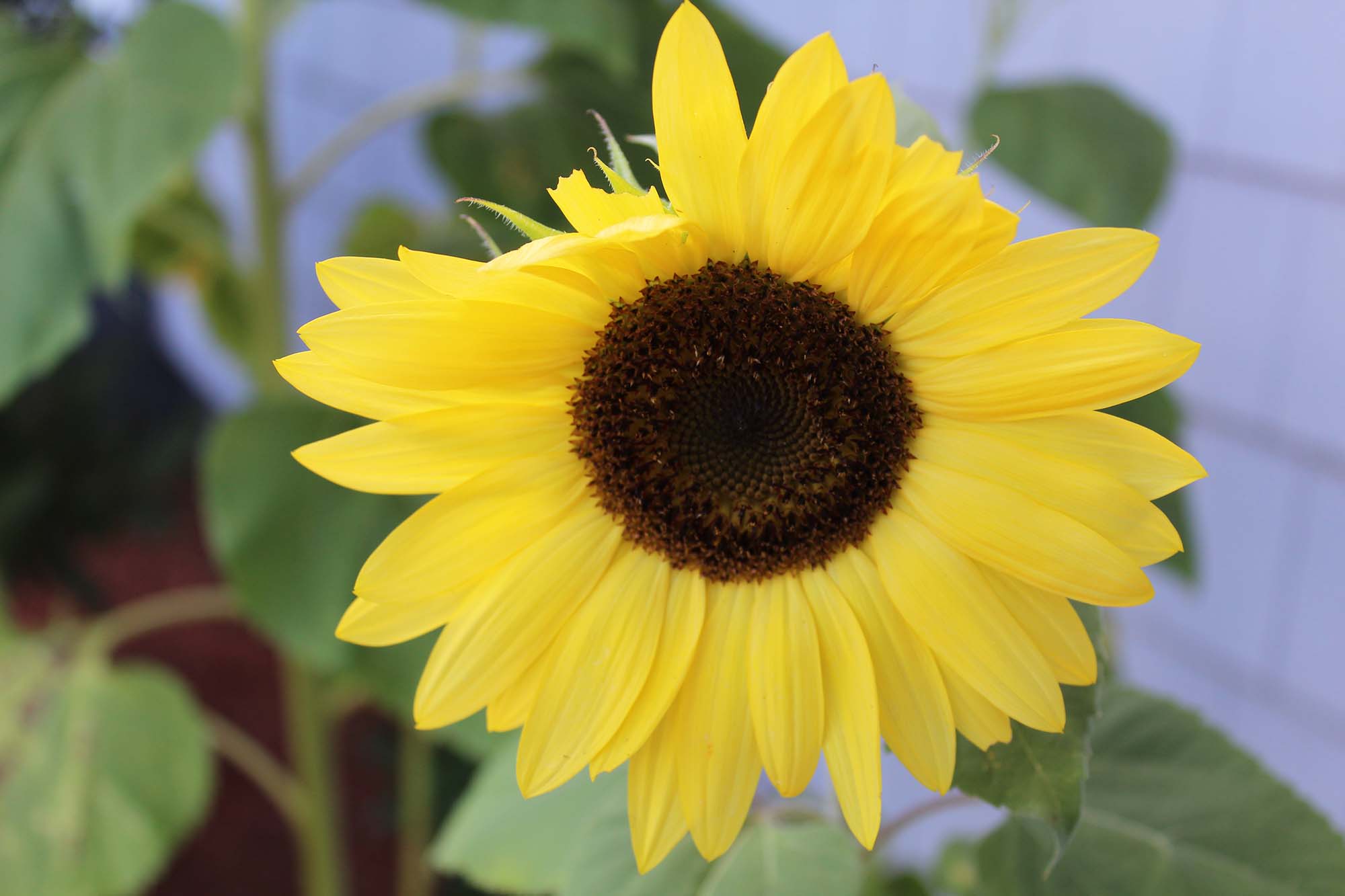
For me, rewilding was much more than bringing wildlife back. I learned that things can never be 100 percent of what they once were. What needed to be done was to relearn how to live with the environment. I started a garden to help feed my family. I vowed that I would not use any chemical pesticides, herbicides or fertilizers in my garden and I never have. I only plant non-GMO, heritage seeds and plants. Lastly, I plant enough to share with the wildlife I share my home with. The woodchucks, squirrels and deer only eat a little. In return, the skunks, foxes, coyotes, hawks and other predators take care of those who decide to take too much. Keeping things going is a team effort: nature and me.
My Native American ancestors believed in a great circle, where all life is interconnected. All life is part of the circle. Native people have a saying: “We are all related.” This goes to the belief that all life is precious; that without one part of the circle, then the rest cannot function fully. For humans to be healthy, the world around us has to be healthy as well.
My mother was a healer and she taught me a great deal about medicinal plants. But more importantly, she taught me about our spiritual connection to all life. This all came flooding back when I took on this mission. As I sit now and look at how far I have come, I realize how much there is still to do. I only hope that I am making my ancestors proud.



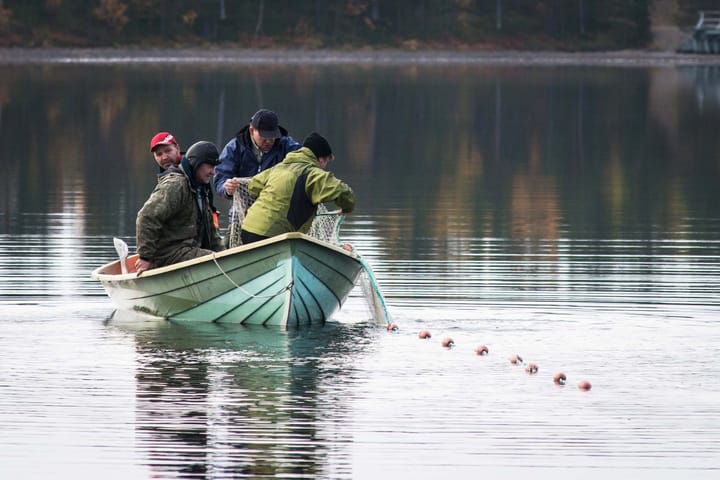


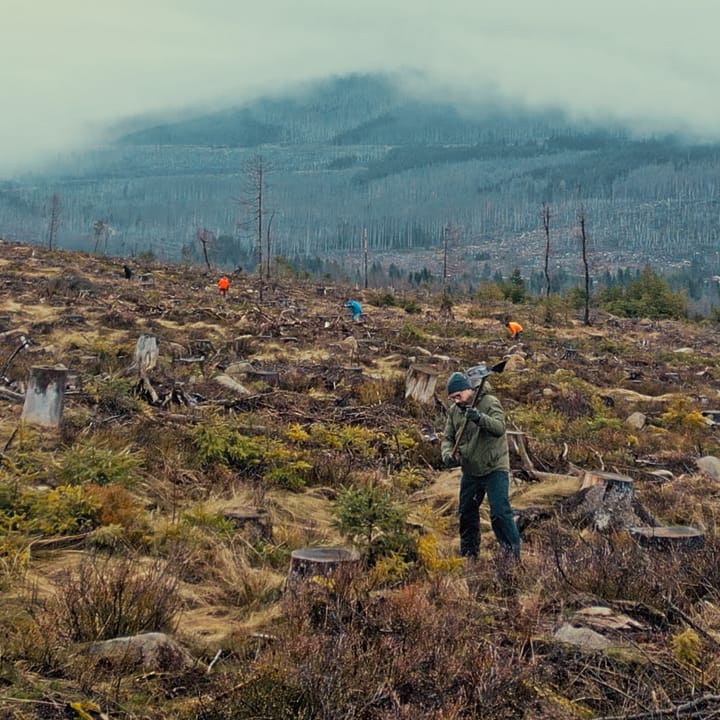
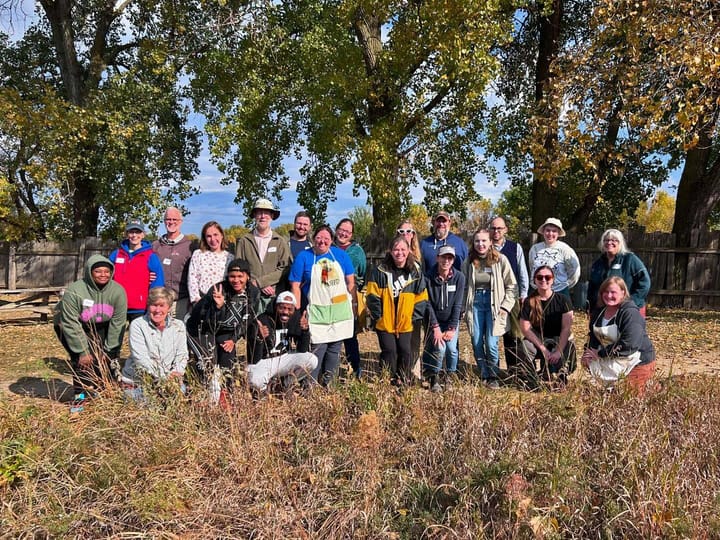

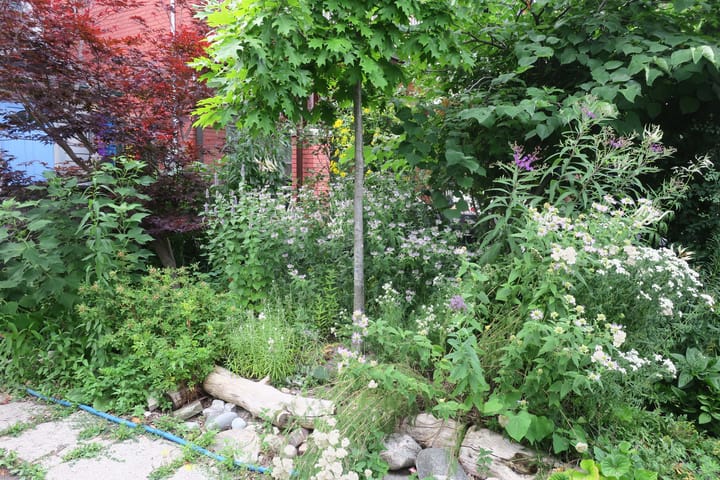

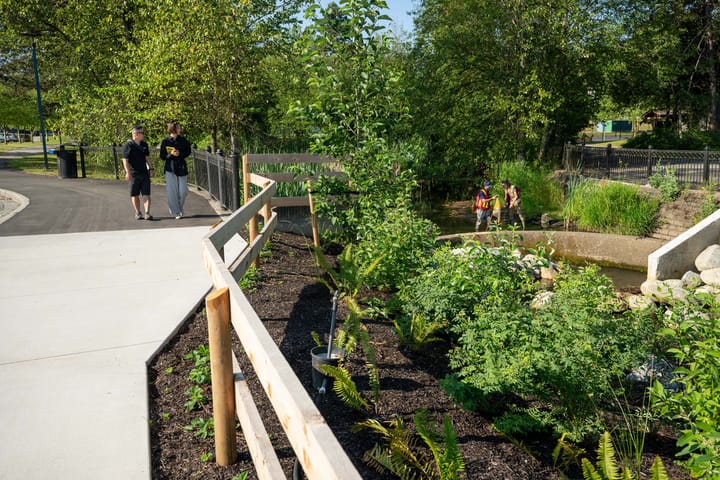
Comments ()